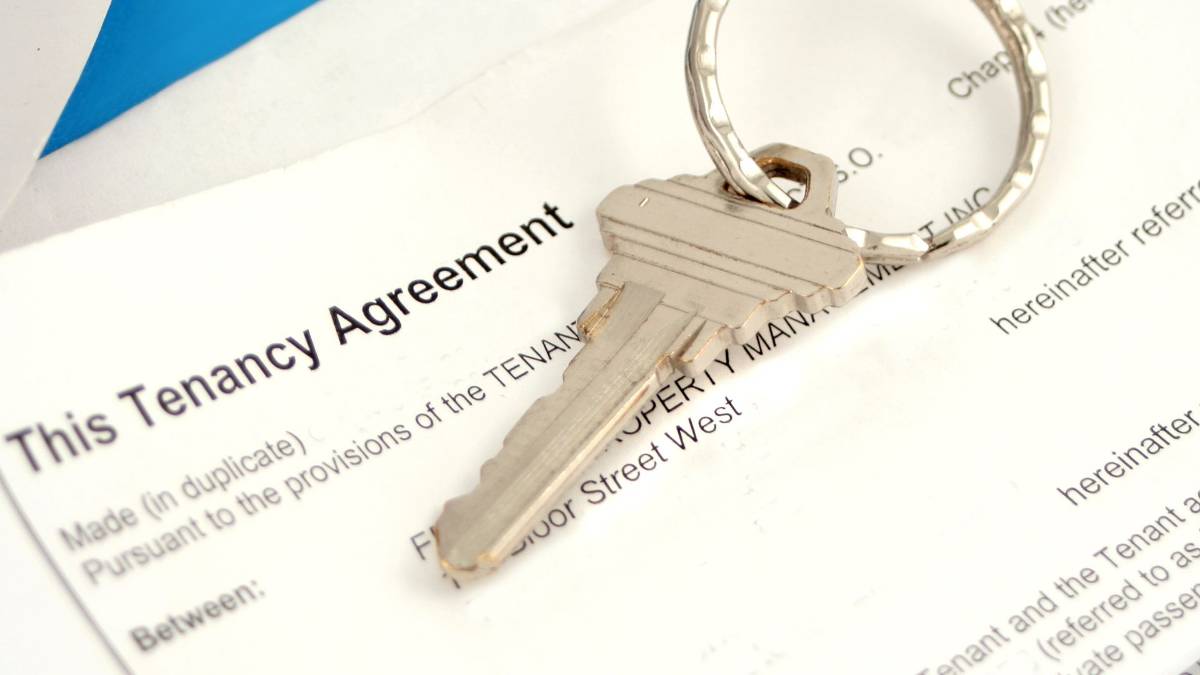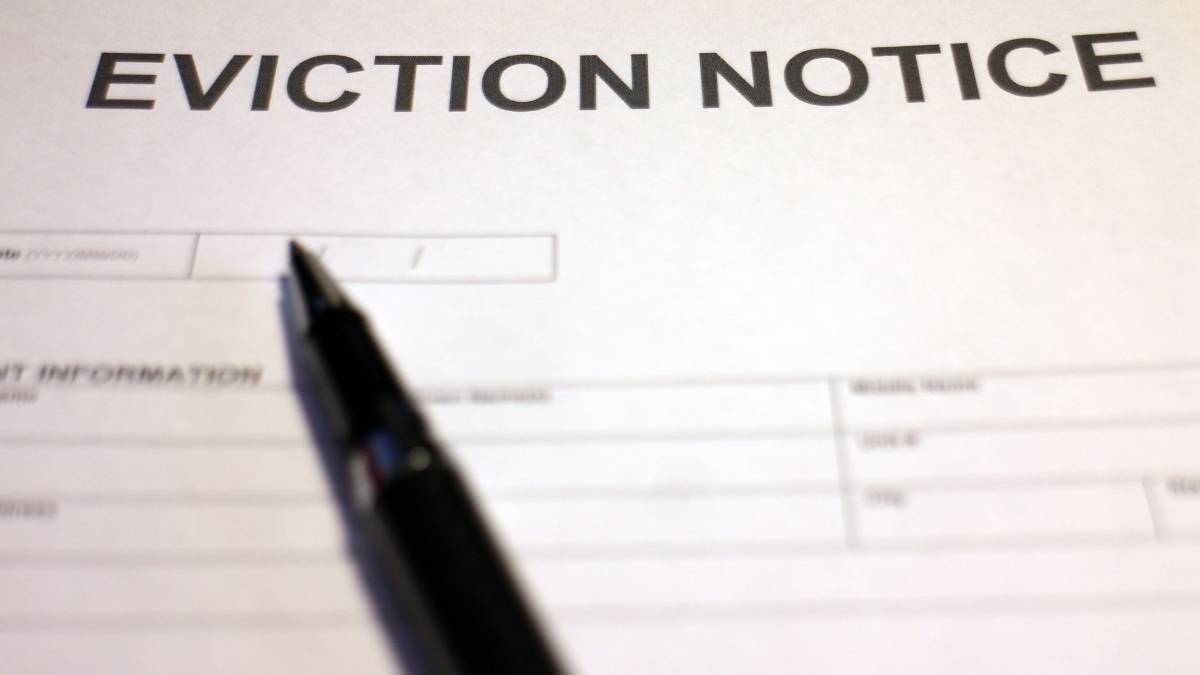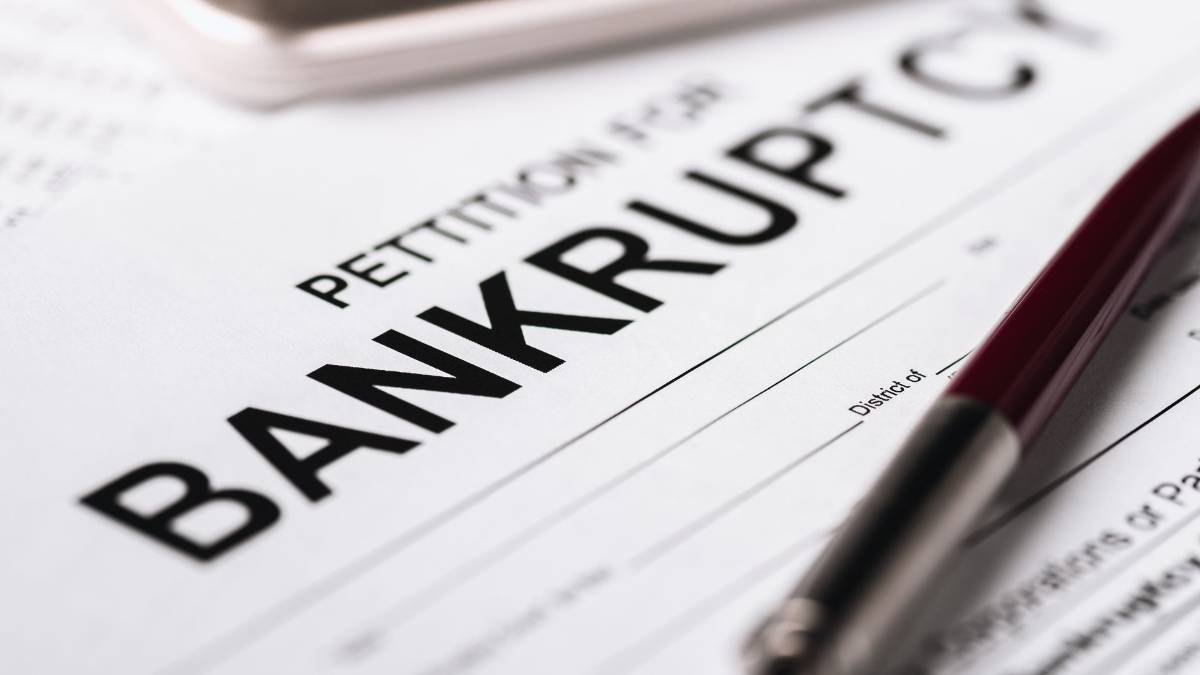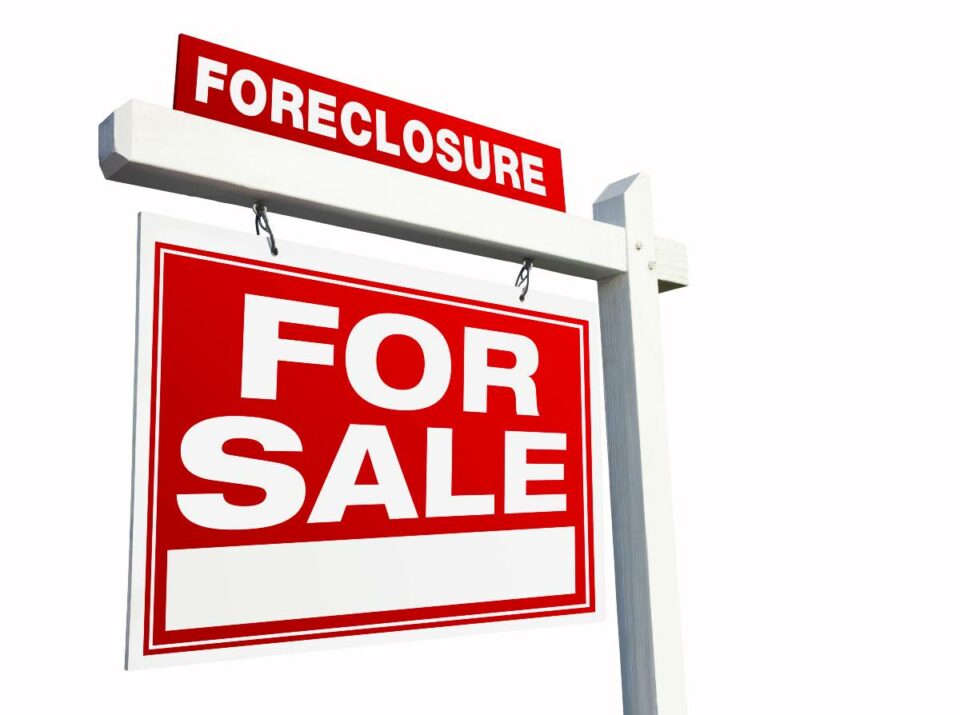Let’s dive into tenant bankruptcies in California’s commercial real estate world. It’s a tricky situation that can catch property owners off guard. Imagine getting that email about your tenant filing for bankruptcy – talk about a mood killer, right? But don’t panic! We’ll break down the key things you need to know about Chapters 7, 11, and 13 bankruptcies. I’ll share some practical tips to help you protect your interests and navigate this financial maze. It’s not the most exciting topic, but trust me, this knowledge can be a real lifesaver when you need it most.
Key Takeaways
- Understanding the bankruptcy process is crucial for commercial landlords in California.
- Automatic stay provisions significantly impact landlord rights during tenant bankruptcies
- Proactive strategies and legal guidance can help landlords minimize losses and protect their interests
Pre-Bankruptcy Considerations
Alright, folks, let’s talk about being proactive. As the old saying goes, “An ounce of prevention is worth a pound of cure.” When it comes to tenant bankruptcies, truer words have never been spoken!
First things first, keep your eyes peeled for warning signs of tenant financial distress. Are they consistently late with rent? Do you notice a decline in foot traffic or inventory? These could be red flags waving frantically in your face!
Now, let’s chat about lease security measures. Think of these as your financial safety net:
- Security deposits: Your first line of defense against potential losses.
- Letters of credit: A more secure alternative to traditional security deposits.
- Guarantees: Personal or corporate guarantees can provide additional protection.
But what if your tenant is already showing signs of financial trouble? This is where your negotiation skills come into play. Consider forbearance agreements or rent modifications. These can be win-win solutions, helping your tenant stay afloat while ensuring you still receive some income.
Here’s a pro tip: Document everything! Every conversation, every agreement, every late payment. Trust me, if things go south, you’ll thank your past self for being so diligent.
Being prepared isn’t just about protecting yourself. It’s about creating a stable, thriving commercial real estate environment. By working proactively with your tenants, you’re not just safeguarding your interests – you’re fostering a healthier business community. And that’s something we can all raise a glass to!
The Automatic Stay and Its Implications
Alright, let’s talk about the automatic stay – the legal equivalent of a “time out” in the bankruptcy world. When a tenant files for bankruptcy, this magical legal shield pops up faster than you can say “Chapter 11.”
So, what does this mean for you, the landlord? Well, it’s like hitting the pause button on your ability to collect rent arrearages or evict the tenant. Frustrating? You bet! But don’t worry, we’ll navigate this together.
Here’s what you need to know:
- The automatic stay prohibits most collection actions
- It applies to pre-bankruptcy debts
- Violating the stay can result in penalties (yikes!)
But fear not! All hope is not lost. You can seek relief from the stay by filing a motion with the bankruptcy court. It’s like asking the referee to let you back in the game.
Pro tip: Use this time to gather information and strategize. Knowledge is power, especially in the bankruptcy world!
Assumption, Rejection, and Assignment of Leases
Welcome to the “Choose Your Own Adventure” part of tenant bankruptcy! In this thrilling chapter, we’ll explore the options your tenant has regarding the lease: assumption, rejection, or assignment.
Let’s break it down:
- Assumption: The tenant decides to keep the lease and cure any defaults. It’s like hitting the reset button on your landlord-tenant relationship.
- Rejection: The tenant says “sayonara” to the lease. This is treated as a breach of contract as of the bankruptcy filing date.
- Assignment: The tenant transfers the lease to a third party. It’s like subletting, but with more legal hoops to jump through.
Now, here’s the kicker – the tenant has a limited time to make this decision. In a Chapter 11 case, they typically have 120 days (extendable to 210 days) to decide. It’s like a high-stakes game of real estate musical chairs!
As a landlord, you’re probably wondering, “What does this mean for me?” Great question! Here’s a quick rundown:
- If the lease is assumed, you’re in luck! Any defaults must be cured.
- If rejected, you can file a claim for damages (but more on that later).
- If assigned, the new tenant must provide “adequate assurance of future performance.”
For my shopping center landlords out there, you’ve got some extra protections. The Bankruptcy Code recognizes the unique nature of shopping center leases and provides additional safeguards.
Landlord Claims and Rights in Bankruptcy
Alright, folks, it’s time to talk about your rights as a landlord in this bankruptcy rodeo. When your tenant files for bankruptcy, you become a creditor in the case. But not all creditors are created equal!
Let’s break down the types of claims you might have:
- Secured claims: These are backed by collateral (like a security deposit).
- Unsecured claims: This includes most unpaid rent.
- Administrative claims: These are post-bankruptcy expenses necessary for the bankruptcy estate.
Now, here’s where it gets interesting. To assert your claim, you need to file a proof of claim with the bankruptcy court. Think of it as raising your hand in class to get the teacher’s attention – except in this case, the teacher is the bankruptcy trustee, and instead of gold stars, you’re hoping for cold, hard cash.
But here’s the million-dollar question (sometimes literally): When do you get paid? Well, it depends on the priority of payments in bankruptcy. Here’s a simplified pecking order:
- Secured creditors
- Administrative expenses
- Priority unsecured claims
- General unsecured claims
Pro tip: Don’t miss the deadline for filing your proof of claim! It’s like missing the last train home – you might be left out in the cold.

Rent Obligations During Bankruptcy
Let’s talk about everyone’s favorite topic – rent! When a tenant files for bankruptcy, it can feel like you’re suddenly speaking a different language when it comes to rent obligations. But don’t worry, I’ll be your trusty translator.
First, we need to distinguish between pre-petition and post-petition rent:
- Pre-petition rent: Any rent due before the bankruptcy filing date.
- Post-petition rent: Rent that becomes due after the filing date.
Now, here’s where it gets tricky – stub rent. This is the rent for the period between the filing date and the end of that month. It’s like the awkward middle child of the rent family, not quite fitting in with pre-petition or post-petition rent.
Here’s the good news: Tenants are generally required to pay post-petition rent as it comes due. It’s considered an administrative expense of the bankruptcy estate.
But what if they don’t pay? You can file a motion to compel payment or seek relief from the automatic stay. It’s like being the landlord version of a collections agency, but with more legal paperwork.
Preferential Transfers and Clawbacks
Alright, buckle up, because we’re about to dive into the world of preferential transfers and clawbacks.
In simple terms, a preferential transfer is a payment made to a creditor (that’s you!) within 90 days before the bankruptcy filing. The bankruptcy trustee can potentially “claw back” these payments. I know, it sounds about as pleasant as a root canal.
But don’t panic! You’ve got defenses:
- Ordinary course of business: If the payment was made in the ordinary course of business, it might be protected.
- New value: If you provided new value to the tenant after receiving the payment, you might be off the hook.
The key here is documentation. Keep meticulous records of all payments and any services or value you provide to the tenant. It’s like building a fortress of paperwork to protect yourself from the clawback monster!
Special Considerations for California Landlords
Welcome to the Golden State, where the sun always shines and the landlord-tenant laws are complex! As a California landlord, you’ve got some unique considerations when it comes to tenant bankruptcies.
First off, California has some of the most tenant-friendly laws in the nation. But don’t worry, it’s not all doom and gloom for landlords. Here’s what you need to know:
- California Civil Code provides specific protections for commercial landlords.
- The interaction between state law and federal bankruptcy law can be tricky. When in doubt, federal law typically trumps state law in bankruptcy cases.
Now, let’s talk about the elephant in the room – COVID-19. The pandemic has led to some temporary changes in both bankruptcy and landlord-tenant laws. Here are a few key points:
- Eviction moratoriums have complicated the landscape for commercial landlords.
- Some bankruptcy courts have allowed tenants more flexibility in paying post-petition rent.
- New legislation has been introduced to provide relief for both tenants and landlords.
Remember, these laws and regulations are constantly evolving. It’s like trying to hit a moving target while riding a unicycle. My advice? Stay informed and don’t hesitate to seek legal counsel when needed. In the world of California commercial real estate, knowledge truly is power!
COVID-19’s Impact on Tenant Bankruptcies and Landlord Rights
Ah, COVID-19 – the uninvited guest that crashed the commercial real estate party and refuses to leave. Let’s talk about how this pandemic has shaken up the world of tenant bankruptcies and landlord rights.
First off, we’ve seen a surge in bankruptcy filings across various industries. It’s like watching dominos fall, but instead of fun, it’s businesses toppling over. This trend has put immense pressure on commercial landlords.
Here’s a quick rundown of how COVID-19 has changed the game:
- Bankruptcy trends: More Chapter 11 filings, especially in retail and hospitality sectors.
- Temporary modifications: Some bankruptcy courts have allowed more flexibility for tenants in paying post-petition rent.
- Long-term implications: The pandemic has accelerated shifts in how businesses use commercial space.
But it’s not all doom and gloom! This crisis has also sparked innovation in the commercial real estate sector. We’re seeing more creative lease structures, increased use of technology, and a renewed focus on tenant-landlord partnerships.
Remember, adaptability is key in these unprecedented times. Whether it’s negotiating rent deferrals, exploring alternative uses for your space, or simply being more understanding with your tenants, flexibility can be your secret weapon in navigating this storm.
Stay informed, stay flexible, and remember – this too shall pass!

Going-Out-of-Business Sales and FF&E Considerations
Let’s talk about the not-so-fun part of tenant bankruptcies – going-out-of-business (GOB) sales and fixtures, furniture, and equipment (FF&E) considerations. It’s like dealing with a really complicated garage sale but with more legal red tape.
When a tenant liquidates, you as a landlord have certain rights:
- You can object to GOB sales that violate lease terms or local laws.
- You may have claims on certain FF&E, depending on your lease agreement.
Here’s a pro tip: Review your lease carefully to understand your rights regarding FF&E. Some items may be considered your property, while others belong to the tenant.
When negotiating GOB sale terms, consider:
- Duration of the sale
- Signage and advertising restrictions
- Protection of the premises during the sale
Remember, while GOB sales can be a headache, they can also provide an opportunity to recoup some losses. It’s all about finding that silver lining in the bankruptcy cloud!
Cross-Border Bankruptcy Considerations
In our increasingly globalized world, cross-border bankruptcies are becoming more common. It’s like playing a game of financial chess across international borders!
For California landlords dealing with multi-national tenants, here’s what you need to know:
- Chapter 15 of the U.S. Bankruptcy Code deals with international insolvency proceedings.
- It’s designed to promote cooperation between U.S. courts and foreign courts in cross-border insolvency cases.
When dealing with a multi-national tenant in bankruptcy, consider:
- Which country’s laws will apply?
- How will foreign court orders be recognized in the U.S.?
- How might this affect your ability to collect rent or enforce lease terms?
Cross-border bankruptcies can add layers of complexity to an already complicated process. Don’t hesitate to seek specialized legal advice if you find yourself in this situation. It’s better to be prepared than to get lost in translation!
Workout Options and Alternatives to Bankruptcy
Sometimes, the best way to deal with a potential bankruptcy is to avoid it altogether. Let’s explore some workout options and alternatives that can benefit both landlords and tenants.
- Out-of-court restructuring agreements: These are like a financial peace treaty between you and your tenant. You might agree to modify lease terms in exchange for better security or guarantees.
- Lease modifications: This could include reducing rent temporarily, changing the lease term, or adjusting other provisions to help your tenant stay afloat.
- Rent concessions: Sometimes, giving a little can help you gain a lot in the long run. Temporary rent reductions or deferrals can help a struggling tenant recover and continue as a long-term, valuable occupant.
Pros of these alternatives:
- Less costly than formal bankruptcy proceedings
- More flexibility in negotiations
- Potential to maintain a positive landlord-tenant relationship
Cons to consider:
- Less formal protection for both parties
- Requires trust and cooperation
- May not be sufficient for severely distressed tenants
The goal here is to find a win-win solution. It’s like being a financial couples therapist – you’re trying to keep the landlord-tenant relationship alive and thriving!
When considering these options, always consult with legal and financial advisors. While these alternatives can be great, you want to make sure you’re protecting your interests every step of the way.
Practical Strategies for Landlords
Alright, my fellow landlords, it’s time to put on our strategy hats! Here are some practical tips to help you navigate the choppy waters of tenant bankruptcies:
Monitor tenant financial health:
- Keep an eye on payment patterns
- Watch for signs of financial distress (late payments, reduced inventory, etc.)
- Consider requiring periodic financial statements from tenants
Document everything
- Keep meticulous records of all communications with tenants
- Document any lease defaults promptly and accurately
- Maintain a paper trail of all payments received
Participate in creditors’ committees
- In large bankruptcy cases, this can give you a seat at the table
- It allows you to have a voice in important decisions
- You can stay informed about the case’s progress
Engage with bankruptcy counsel
- Don’t wait until it’s too late – consult early and often
- A good bankruptcy attorney can be your guide through this complex process
- They can help you understand your rights and options
Here’s a bonus tip: Network with other commercial landlords. Sharing experiences and strategies can be incredibly valuable. It’s like having a support group, but instead of talking about your feelings, you’re discussing lease agreements and bankruptcy proceedings!
FAQs
How long does a tenant have to assume or reject a lease in Chapter 11 bankruptcy?
Typically, a tenant has 120 days to assume or reject a lease, which can be extended to 210 days with court approval. Any further extensions require the landlord’s consent.
Can a landlord evict a tenant who has filed for bankruptcy?
Not without court permission. The automatic stay prevents landlords from taking action against tenants who have filed for bankruptcy without first obtaining relief from the stay.
How are security deposits treated in tenant bankruptcies?
Security deposits are generally considered property of the bankruptcy estate. However, landlords may have a secured claim up to the amount of the deposit.
What happens to unpaid rent when a tenant files for bankruptcy?
Unpaid pre-petition rent becomes an unsecured claim in bankruptcy. Post-petition rent is typically treated as an administrative expense and given priority.
Can a landlord draw on a letter of credit after a tenant files for bankruptcy?
Generally, yes. Letters of credit are typically not considered property of the bankruptcy estate, allowing landlords to draw on them without violating the automatic stay.
Conclusion
Navigating tenant bankruptcies in California may feel like trying to solve a Rubik’s cube blindfolded, but with the right knowledge and strategies, you can protect your interests and come out on top. Remember, preparation is key, and don’t be afraid to seek expert guidance when needed.
But hey, why navigate these choppy waters alone? As your trusted guide in the world of commercial real estate, I’m here to help you chart the best course for your property investments.
Ready to protect your interests and maximize your returns in the face of tenant bankruptcies? Let’s chat! Schedule a consultation with me, Mike Tolj, and together we’ll develop a tailored strategy to keep your commercial real estate investments thriving, no matter what challenges come your way.




